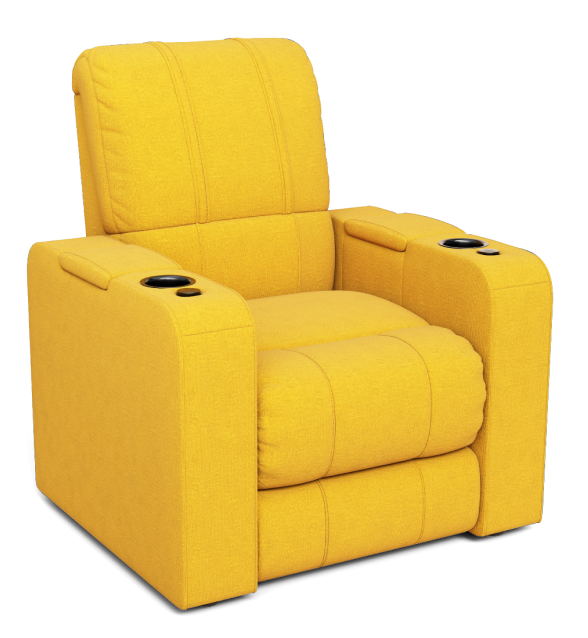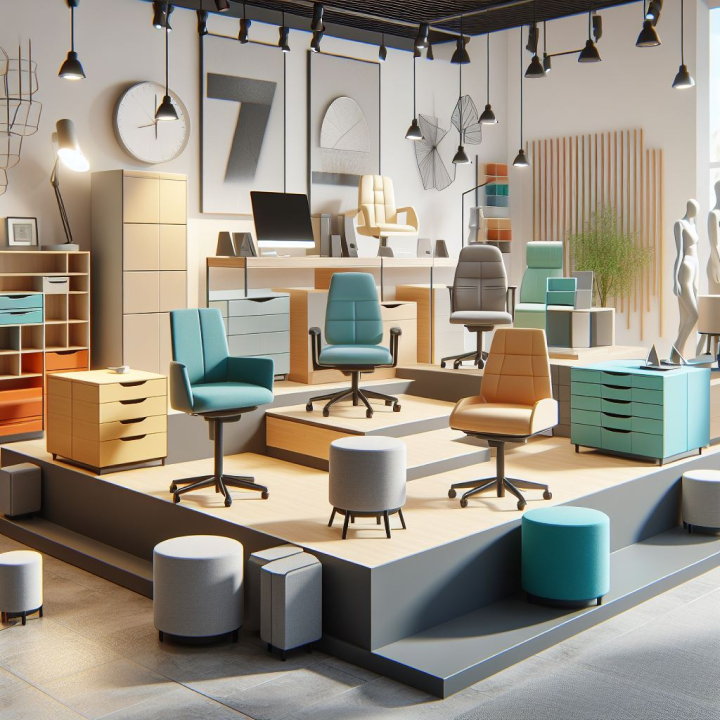Nvidia has launched its new generation of GPU microarchitecture, named Ada Lovelace after a 19th century mathematician and pioneer of computing. The first product based on this architecture is the RTX 6000 Ada Generation GPU, a high-end graphics card for visual processing professionals. It features 48GB of graphics memory and supports advanced technologies such as ray tracing, AI, and data science. The RTX 6000 Ada Generation GPU is available for $8,000 and requires 300W of power.
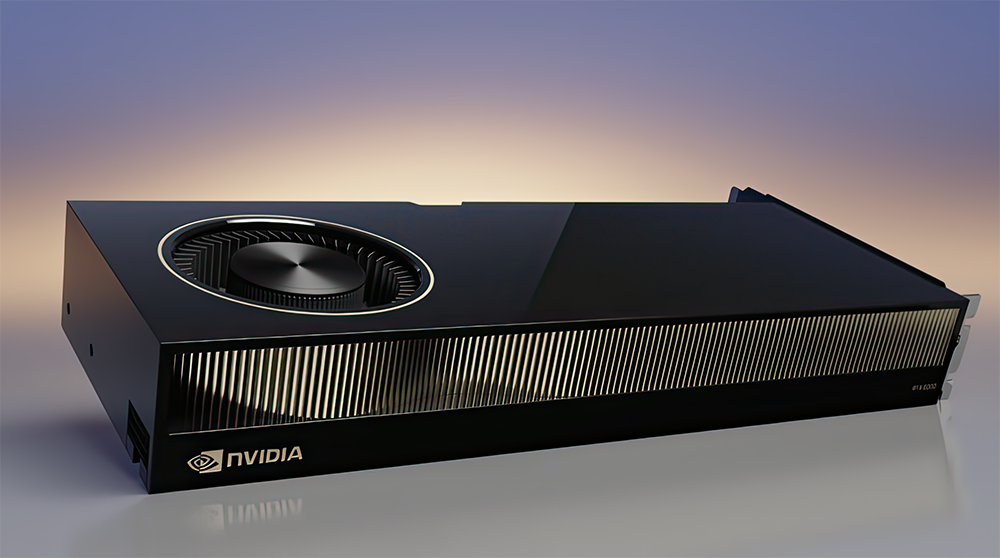
The RTX 6000 Ada Generation GPU is the first of its kind to use the Ada micro-architecture
Nvidia’s Ada Generation is a new GPU microarchitecture that boosts performance for 3D graphics, ray tracing, and AI. It introduces dedicated hardware acceleration for these tasks, such as RT cores and Tensor Cores. The first product based on Ada is the RTX 6000 Ada Generation GPU, a powerful graphics card for visual computing professionals. It has 48GB of memory and uses the AD102 chip, the biggest and most capable chip in the Ada family.
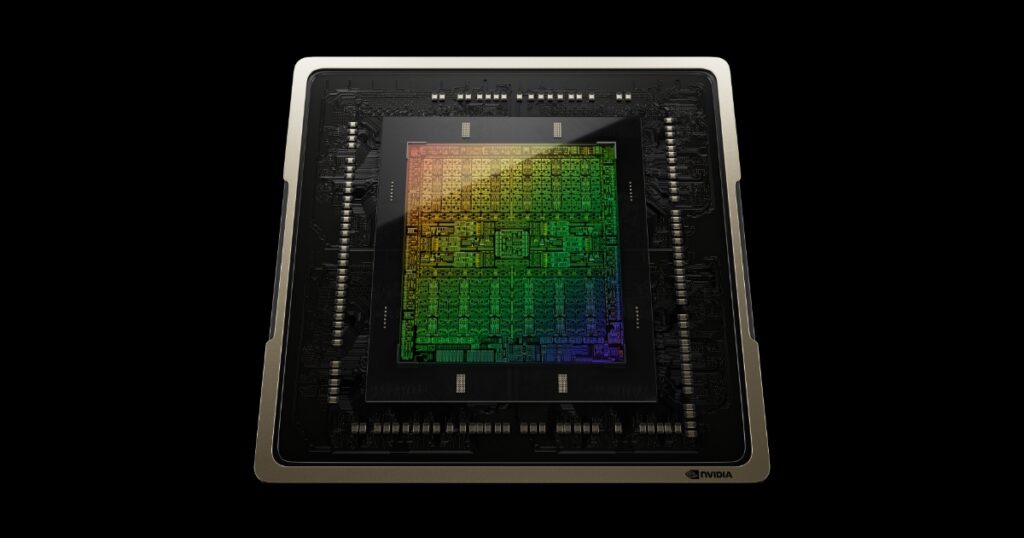
RTX Products for Workstations Use Ada for Better Performance
Nvidia’s Ada Generation is a new GPU microarchitecture that supports 3D graphics, ray tracing, and AI. It has different versions of chips with different numbers of cores and memory for visual processing. The RTX 4000 SFF is a compact graphics card based on the AD104 chip with 6144 cores and 20GB of memory. Designed for professional workloads such as CAD, AI, and video, this product costs $1,400 and consumes only 70W of power. One of the first products to use the Ada architecture, it offers high performance in a small form factor.

The RTX 6000 Ada Generation in Action — A Glimpse of the Next Level for CAD Users
A component’s raw hardware capabilities, how well it utilizes them and how well the rest of the system supports them all contribute to its real-world performance. A 100% increase in hardware resources may not translate to a 100% increase in performance for actual data and applications. Other factors like CPU, memory, storage, and OS may also affect the performance.
Benchmarking a new GPU with real-time 3D graphic scenes from professional applications can measure its performance. SPECViewperf2020 is a benchmark that uses such scenes from CAD and other visual applications. The RTX 6000 Ada Generation GPU performed 37% faster on average than the previous RTX A6000 GPU in this benchmark, showing its potential for interactive design workloads.
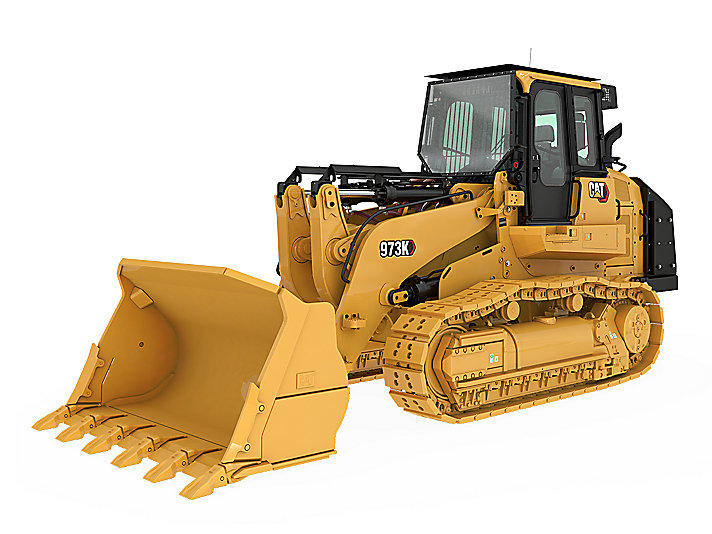
The RTX 6000 Ada Generation: A Powerful GPU for 3D Graphics, Ray Tracing, and AI
The RTX 6000 Ada Generation is a high-end GPU that shows a 37% improvement in 3D graphics performance over the previous generation. This improvement is expected to be similar for lower-cost visual processing GPUs based on the same Ada architecture. This will benefit CAD users who upgrade their workstations or GPUs in the near future.
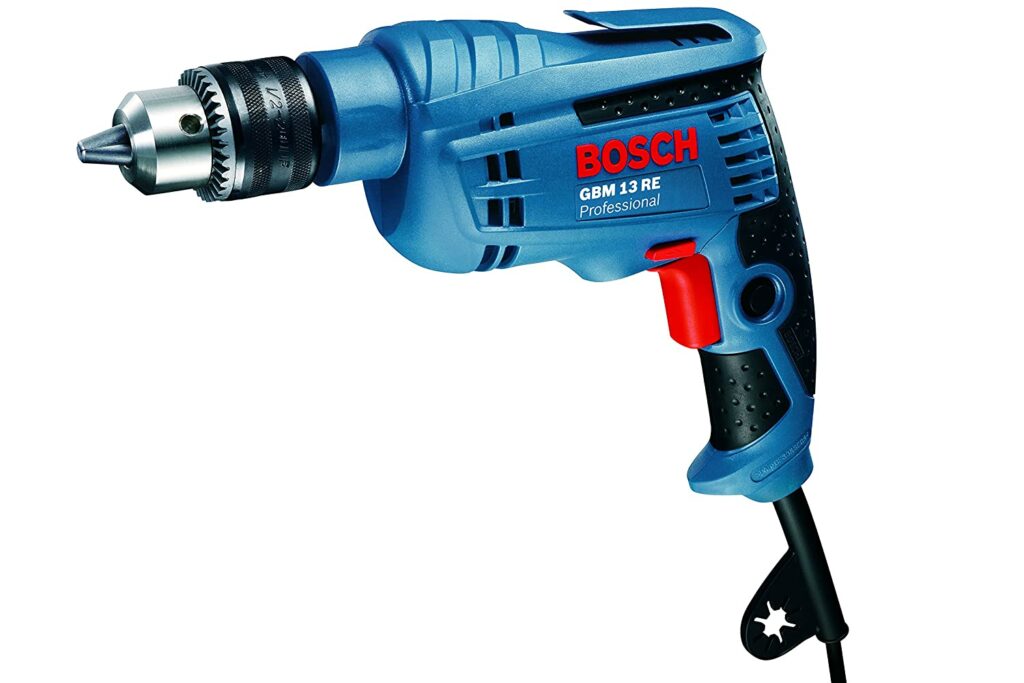
Ada Generation Enhances GPU Rendering, Compute, and Machine-Learning
The Nvidia RTX 6000 Ada Generation is a GPU that can handle 3D graphics, ray tracing, GPU computation, and machine learning. It outperforms the RTX A6000 with more processing resources. On the OctaneBench benchmark, it increases the GPU rendering performance by 79%. It can also achieve the same performance as two RTX A6000s in OctaneRender.

GPU Outperforms the CPU in Rendering
Rendering is a process of creating realistic images from 3D models. It can be done by the CPU or the GPU, depending on the software. In the past, rendering was done by the CPU only, while GPUs were used for 3D graphics based on APIs like OpenGL and DirectX. Some CAD users may not know which hardware is used for rendering in their applications.
The visual processing GPU has become more programmable and powerful for rendering, especially with dedicated RT and Tensor cores. Rendering is a process of creating realistic images from 3D models. It can be done by the CPU or the GPU, depending on the software and the hardware. For CAD users who need to render frequently and with high quality, it is important to know the rendering performance of the CPU and the GPU in their workstation.
The CPU and the GPU are different devices that can perform rendering, but the GPU is usually faster and more optimized for this task. Blender is an open-source application that can use either the CPU or the GPU for rendering. A benchmark comparing a new high-end CPU and a new high-end GPU shows that the GPU is much faster at rendering. This means that CAD users who need to render often and with high quality should choose a GPU that can handle rendering well.
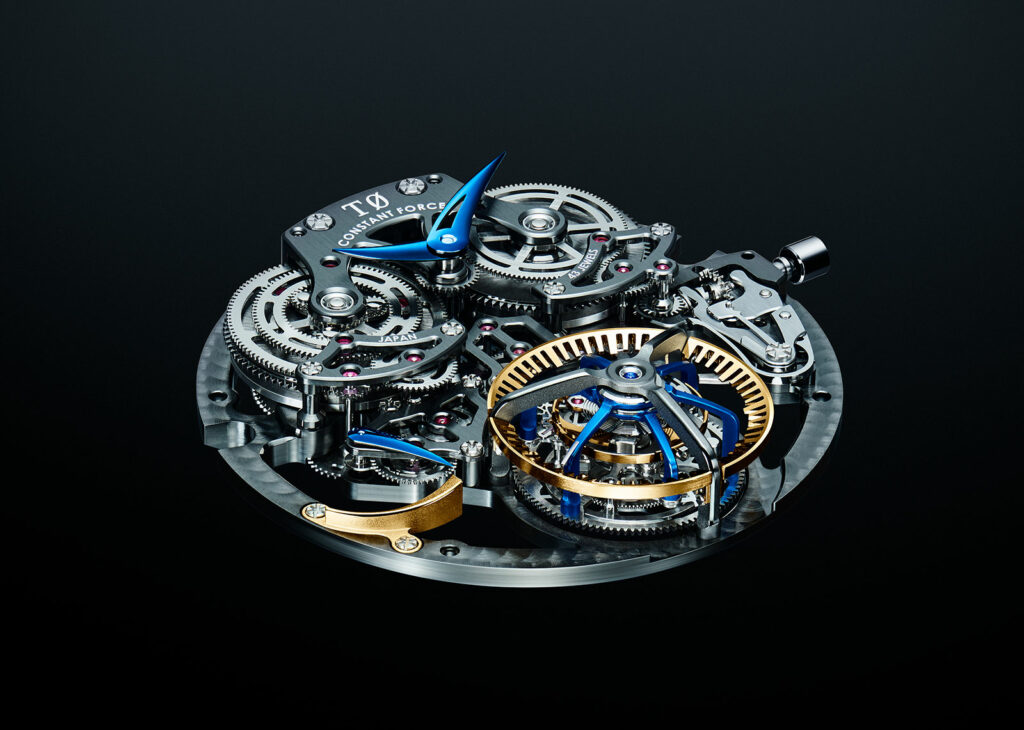
A GPU that Outshines the Previous Generation in Rendering and GPU Compute
Rendering may look like a 3D graphics workload, but it actually uses a different algorithm that is more suited for GPU compute. Rendering usually involves ray tracing, which simulates the physical behavior of light in a scene. 3D graphics uses rasterization, which converts 3D shapes into pixels on a screen. These two methods have significant differences in how they produce 3D images, as explained in more detail in these previous columns about Nvidia’s RTX technology in Volta and Turing GPUs.
GPU Compute is a way of using the GPU for non-graphics tasks, such as simulation, machine learning, and molecular biology. The RTX 6000 Ada Generation is a new visual processing GPU that can perform these tasks faster than the previous RTX A6000. A benchmark called SPEC workstation shows that the RTX 6000 Ada Generation is 52%, 40%, and 38% faster than the RTX A6000 in rendering, machine learning, and molecular biology tests, respectively.
Ada is a new GPU architecture from Nvidia that offers better performance for 3D graphics, ray tracing, and AI. Ada has arrived faster for mobile workstations than for fixed workstations. The new mobile RTX GPUs based on Ada use different chips with different numbers of cores and memory. The lowest-end mobile RTX GPUs are still based on the previous Ampere architecture.
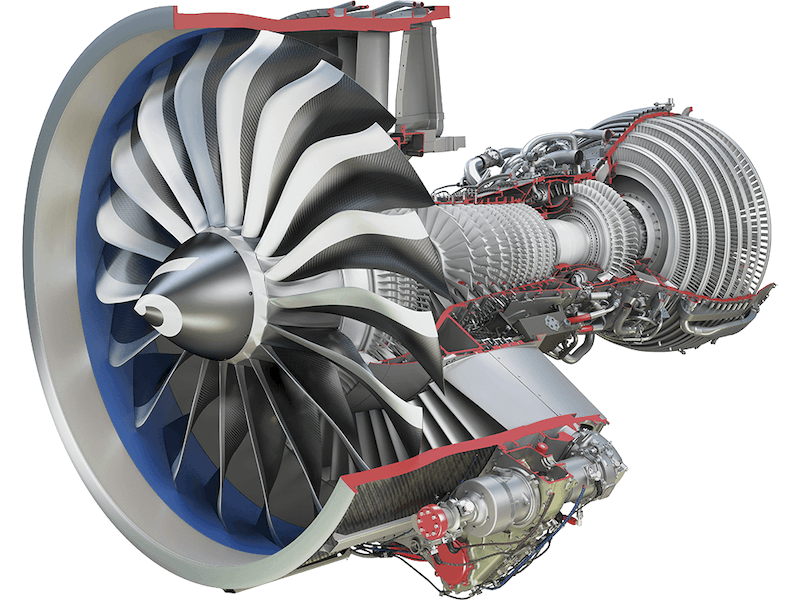
The RTX 6000 Ada Generation: A New GPU that Boosts Visual Computing Performance
The RTX 6000 Ada Generation is a new high-end GPU for fixed workstations that costs around $8,000. It is part of the Ada generation of GPUs that also includes the RTX 4000 SFF and the mobile RTX line. These GPUs are being integrated into new workstation models with the latest Xeon processors. The RTX 6000 Ada Generation is suitable for very demanding workstation applications.
The RTX 6000 Ada Generation is a new visual processing GPU that shows a big improvement in 3D graphics, GPU rendering, and computation over the previous RTX 6000. These are all important functions for CAD users and workflows. The same improvement is expected for other GPUs based on Ada, such as the RTX 4000 and the future RTX 3000 and 2000. These GPUs will be available in different workstation models and prices. CAD users and workflows will benefit from the faster visual computing performance.
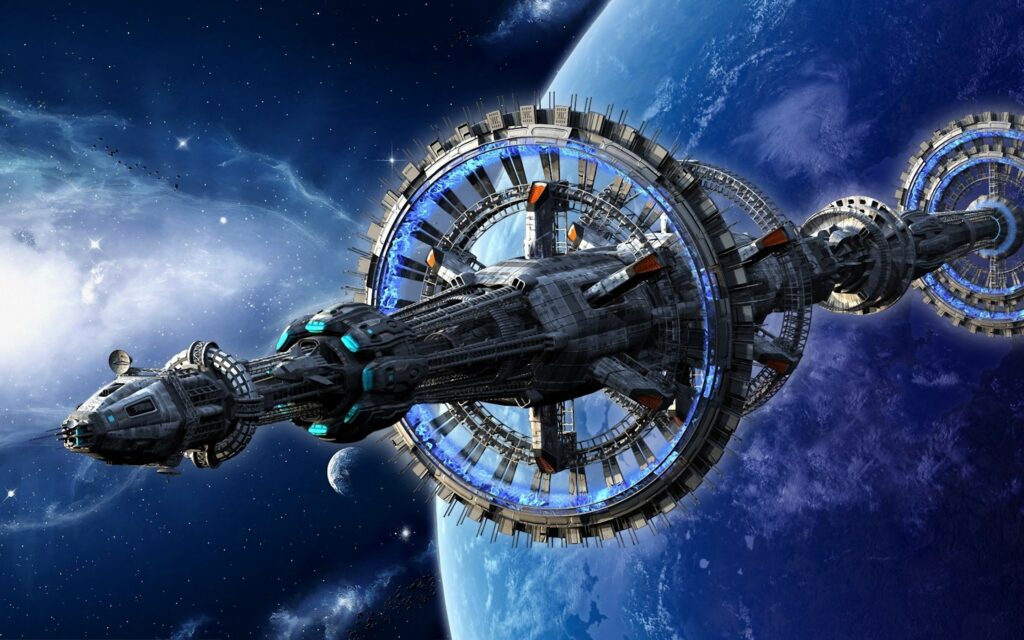
Create stunning product visuals with 3D product modeling and save costs
At Tulfa, we are in tune with the latest technologies like the RTX 6000 Ada Generation GPU that leads the way in 3D graphics, GPU rendering, and computation to offer you the best services. With 3D product modeling, you can elevate your visuals to a new level of realism and quality with minimal effort and fast delivery times. You don’t need to worry about planning expensive photoshoots or wasting money on prototyping and manufacturing costs.
With Tulfa’s studio, based in Chicago, United States, that offers 3D Product Modeling, 3D Rendering, 3D eCommerce Product Photography, 3D Virtual Showrooms, you can easily turn your ideas into reality with a simple description of your concepts. 3D modeling enables you to produce everything digitally and try out different designs, making it a cost-efficient solution that saves you both time and money. Forget about the hassles of traditional photography and explore the unlimited potential of 3D product modeling. Contact us at hello@tulfa.com for more information.

